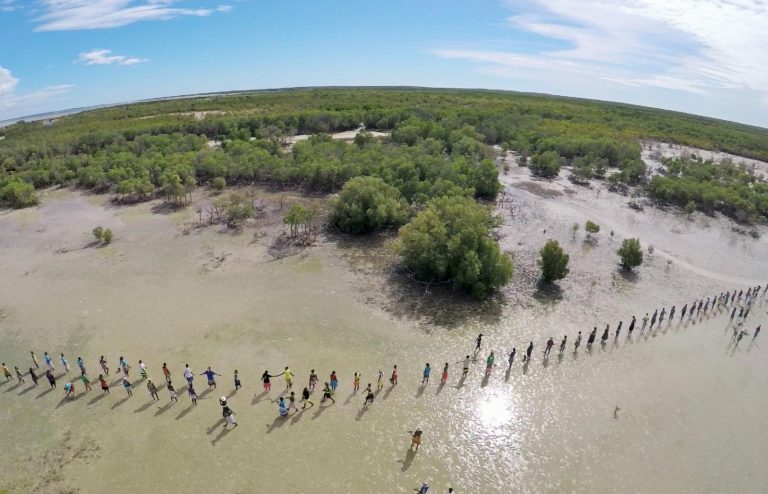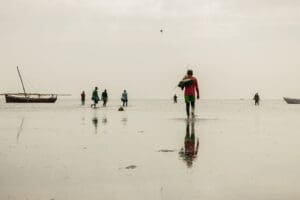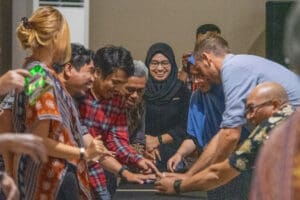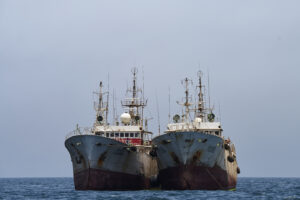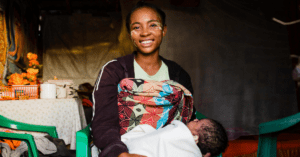There was a resounding agreement amongst panelists in today’s Toko telo session on effective community-led mangrove management: it is essential to involve the community in the planning and implementing mangrove conservation right from the start. Blue Ventures’ inaugural mangrove Toko telo event gathered experts and practitioners worldwide to share their experiences with community-level organisations.
The guest speakers looked at what ‘best practice’ in community-led mangrove management looks like. Factors such as community engagement, transparency, and accountability were at the top of the list. Cicelin Rakotomahazo, Blue Forests Coordinator for Blue Ventures in Madagascar, chaired the session.
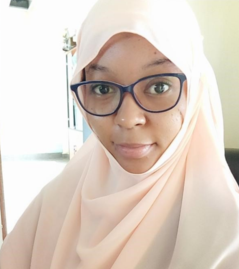
The first speaker was Rahma Kivugao, project coordinator at Mikoko Pamoja – a carbon offset project in Kenya. Mikoko Pamoja is a very successful project, sequestering about 3,000 tonnes of CO2 each year, bringing in an annual income of about 2.5 million Kenyan Shilling (KES), roughly £16,500. This income supports further conservation efforts and the participating communities.
To ensure community engagement, fairness, accountability, and social justice are central to the project’s operations. Some practical mechanisms to achieve this from Rahma’s experience are a participatory approach ensuring recognition and respect of the presence and rights of the local communities, having an independent auditing process, sharing information to the public, and robust conflict resolution processes. She found it is also critical to have a transparent system of distribution of income.
“No project lacks challenges, but it’s about how we overcome them,” Rahma explained. Challenges include boundary delineation, where it is unclear to the communities where the protected area starts, leading to illegal cutting down of mangroves. The project has seen an increase in interest in buying carbon credits. However, an increase of ‘ middle men’ where the project is no longer dealing directly with the buyers is also on the rise, bringing challenges with it. Although it is becoming increasingly more lucrative, the carbon credit market is still in its infancy and to rely solely on carbon credits is not advisable at this time.
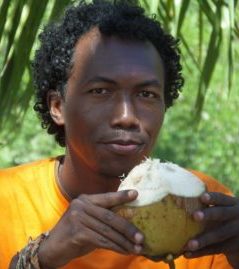
Zo Andriamahenina is the Blue Ventures Northwest Regional Advisor for Governance in Madagascar. Zo talked about the history of mangrove governance in Tsimipaika Bay, northwest Madagascar, which faced mangrove loss for many years due to a demand for wood for building and fuel. Attempts to protect the mangroves had been made previously, but these showed that without collaboration with the community the project cannot succeed. Blue Ventures provided capacity training and designed and implemented an action plan with the community. Current agreements include: no access to the conservation zones, no charcoal from mangroves, respecting mangrove and fisheries reserves, and respecting the minimum size of fish allowed to be caught. The communities now have the autonomy to patrol the zones. Where previously there had been no incentive for the communities to restore and protect mangroves when they had much more urgent and direct needs, the establishment of the project involving the community from the start has radically changed this.
Challenges faced in Tsimipaika Bay include conflicting traditional, local, and national laws. Although locally agreed measures are generally respected, these need to be integrated into the national laws. If the local agreements on protected zones and fisheries are broken, there is as yet no formal structure on a national level to ensure accountability.
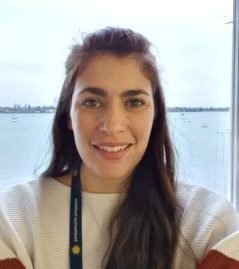
The conversation moved on to community engagement in Thailand along the Andaman coast. Laura Michie, Communications Manager at Mangrove Action Project, was in complete agreement with the other speakers: it is crucial to work with communities right from the start. It ensures conservation efforts are not short-lived but will continue. Laura explained that their projects all mimic natural processes to restore mangrove forests because “nature does it best.” Natural regeneration at the right location and with suitable native tree species can be more economical for local communities and NGOs. Laura urged that before starting a conservation programme, a thorough investigation is needed to understand why the mangroves are depleting and why they need to be restored. This process must at all times be done together with the local communities. As well as tapping into the invaluable local knowledge and lived experiences, it helps understand complex dynamics and systems such as land ownership, rights issues, or previous restoration attempts. Socio-economic factors such as livelihoods that may impact the mangroves must also be carefully explored.
For example, on the Andaman coast, mangroves are cut down to make way for ponds for shrimp agriculture. The ponds become toxic after a few years and are then abandoned. The site is too degraded to regrow mangroves there. So natural solutions and alternatives to shrimp agriculture are explored with the community. Members of the community observed bees pollinating the mangrove trees, leading to experimentation with beekeeping. Today 40 families who previously depended on mangrove exploitation and small-scale fishing are now generating an income through beekeeping, which supports the restoration of the mangroves themselves. Some of the women in the communities are now using the honey for soaps, shampoos, and balms, which further income from mangrove protection efforts.
A question from the audience led on from community empowerment asking how to ensure community associations will be independent and not rely on NGOs forever? Zo explained that all skills from the NGO technicians must be shared and transferred to community members. For example, Blue Ventures staff initially monitored the reforestation, but now this is done by community members.
Another concern raised was how exploitation of the communities can be avoided. Rahma Kivugao from Mikoko Pamoja said that an NGO or association running the projects needs to be accountable and fair. She added that transparency of the project’s workings and consistent direct communication with community members is critical.
The speakers and participants from the session will draw up a set of best practice principles for community-led mangrove management to benefit people and nature. This will be publicly available in due course and will be shared on the Blue Ventures website.
Watch the Toko telo session: What does best practice in community-led mangrove management look like?
View the speakers’ presentation slides

